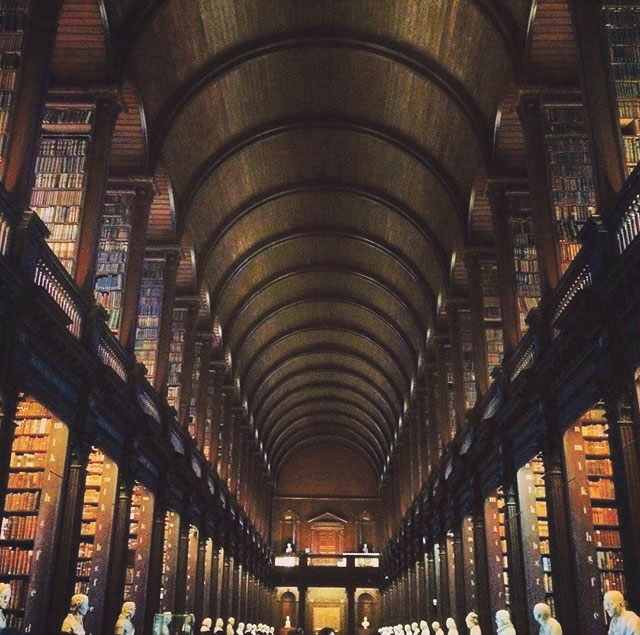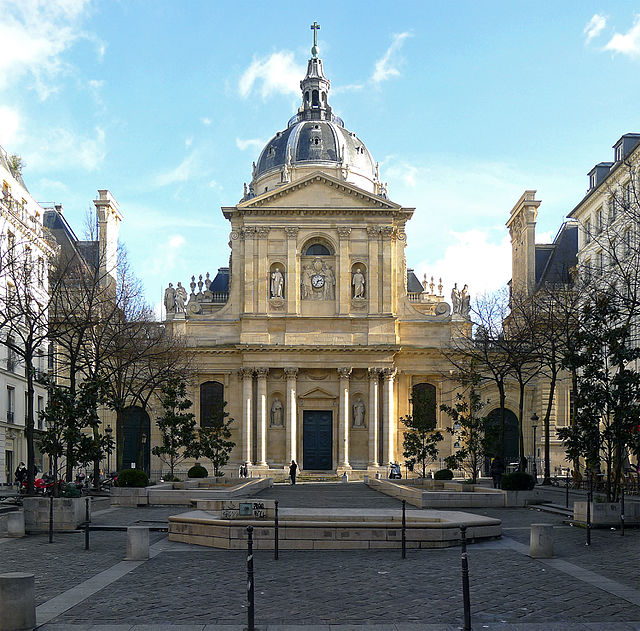
The pitter patter of tourists and gasps of awe echo around the monumental space of the Old Library. Built between 1712 and 1733, and designed by Thomas Burgh, it is said to be indebted to Christopher Wren’s designs for the library at Trinity College Cambridge. At the core of the building lies the Long Room. Stretching over 200 ft and spanning 40 ft, the space is of a truly heroic scale. To put this into perspective, the Long Room has the capacity to accommodate two fully-grown blue whales in its nave.
On entering through the east doorway, the musty smell of age-old paper fills the air. Ancient, leather-bound books with gold trim rest, compact on floor-to-ceiling shelves in deep, light-filled, barrel-vaulted alcoves. The powerful presence of the rich dark oak combined with the smell and sheer scale of the room utterly bombard the senses.
However, the Long Room was not always as it is today. Instead of the monumental oak vault that crowns the great central aisle, a flat-plastered ceiling originally covered the space. Additionally, there were no book shelves on the upper storey. Rather, it was left empty and used by scholars to stroll the length of the room, book in hand, pondering over ancient theorists.
The architectural interventions occurred in the 1860s in order to accommodate Trinity’s vast and growing collection of books. Deane and Woodward were the chosen architects to execute these changes, and were also responsible for the design of the neighbouring Museum Building. This dauntless transformation of the Long Room was an audacious move by Deane and Woodward, resulting in a space and, indeed, an architectural experience superior and unsurpassed by any other civic interior in Ireland.
Entry to the Long Room and to the Book of Kells is free with your student card.






